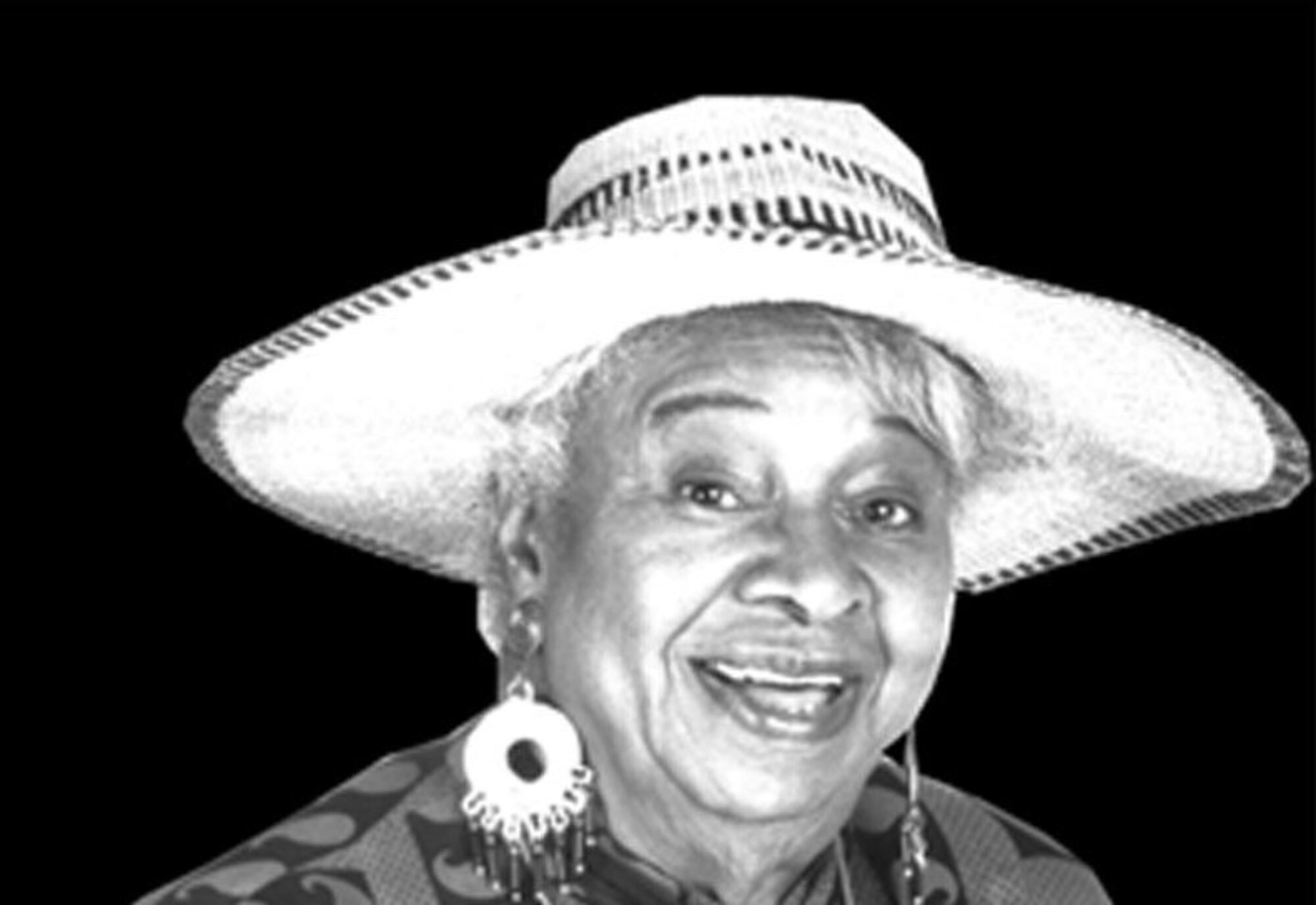The period known as the Harlem Renaissance was one of the most exciting and productive periods in all aspects of Black culture – art, literature, philosophy, and music. The years between 1920 and 1930, Harlem was the center of an awakening that left its mark on the creative world for years to come.
While Frances spent those years in Cleveland, Ohio at Karamu House, and then in the Soviet Union and Finland, being a part of the creative community, she knew several of the artists such as Langston Hughes with whom she’d worked at Karamu. Upon her return to the U.S. in 1936, she settled in New York. Her friendship with these artists deepened. She and her husband Tony Williams hosted a party for Countee Cullen shortly before his death. Harold Jackman was present at her wedding brunch. The bookshelf in her home in L.A. contained autographed copies of books by Hughes, Paul Robeson, W.E.B. DuBois and Shirley Graham, all regular visitors to her home. On her walls hung the art work of Jacob Lawrence, John Biggers, Elizabeth Catlett and many others. In other words, she was an ardent supporter of all aspects of Black culture.
The books listed below are only a small sample of the works created by those young men and women during this fruitful era.
Langston Hughes‘s first published poem was the “Weary Blues” which appeared in the Crisis Magazine in 1926. While he wrote numerous poems, essays, plays, and short stories, his two autobiographical works, The Big Sea and I Wonder as I Wander are outstanding.
Jessie Redmon Fauset was one of the most prolific writers of the period. Between 1924 and 1933, she published four novels, several short stories and poems, and numerous articles most of which were published in the Crisis Magazine. As literary editor of the magazine from 1919 to 1926, Fauset nurtured and encouraged young writers including Hughes, Arna Bontemps, and Countee Cullen. Her four novels present a vivid picture of the concerns of the Black middle class during this period. There is Confusion, 1924, Plum Bun, 1929, The Chinaberry Tree, 1931, and Comedy: American Style, 1933.
Wallace Thurman‘s Infants of the Spring, published in 1932 is a bitter satire of the artists during the Harlem Renaissance. His first novel, The Blacker the Berry: A Novel of Negro Life, was published in 1929.
Nella Larsen wrote two novels, Quicksand, 1928 and Passing, 1929. Both deal with the subject of passing, a popular and controversial subject matter of the day.
Zora Neale Hurston, novelist, folklorist, anthropologist. One of her novels, There Eyes Were Watching God, 1937, is a powerful love story of Janie Crawford and her quest for fulfillment. The heroine epitomizes the proud, independent woman who transcends the world in which she lives. Readers who may be put off by the dialect, I promise, if you stick with the story, you won’t be sorry. Other books by Hurston include Mules and Men, 1935, Jonah’s Gourd Vine, 1934, and Dust Tracks on the Road, 1942.
Claude McKay, poet and novelist, Home to Harlem, 1928, Banjo, 1929 and Banana Bottom, 1933. An interesting critique of Claude McKay is a book written by Tyrone Tilley, Claude McKay-A Black Poet’s Struggle for Identity.
Countee Cullen, lyric poet, was well-respected by both the Black and the White literary community for his excellent writing ability. His early works include Color (1925); Copper Sun (1927); The Black Christ (1929); The Medea (1935); and On these I Stand (1947). Three of his most famous poems are; “Yet Do I Marvel,” “Incident,” and “Heritage.”
Jean Toomer is best known for Cane, published in 1923. Cane is a collection of poems, stories, and prose sketches. This work is said to have spearheaded the Harlem Renaissance of the 1920’s.
Recently I came across a novel written by Rudolph Fisher, The Walls of Jericho, first published in 1928. It was his first novel and it was received with rave reviews. The Walls of Jericho is a witty, fast-paced novel portraying the lives of Joshua Jones or Shine, a moving man, Fred Merritt, a successful black lawyer, and Linda Young, a KM. or kitchen maid, along with an assortment of other characters. Love, romance, passing, betrayal, revenge, misunderstanding, all figure in this wonderful novel. Fisher’s style is classic filled with sardonic humor, capturing the flavor of the day. He even includes an introduction to contemporary Harlemese words such as boogy, ofay, dickty, and Sheba. Dr. Rudolph Fisher, a physician and writer, was the author of several detective novels and short stories. His second novel, The Conjure Man Dies, published in 1932, was hailed as one of the first African American detective novels. Unlike some of the works written during the Harlem Renaissance period aimed at uplifting the race and explaining to others, his novels are just plain good reading about ordinary folk for ordinary folk.

I’m really glad I have found this info
Hi admin, i must say you have high quality content here.
Your page can go viral. You need initial traffic boost only.
How to get it? Search for; Mertiso’s tips go viral
This post is on 19 spot in google’s search results, if you want more traffic, you should build more backlinks to your website,
there is one trick to get free, hidden backlinks from authority forums, search on youtube; how to get hidden backlinks from
forums
Superb, what a blog it is! This blog presents valuable information to us, keep it up.
Have you ever considered writing an e-book or guest authoring on other websites?
I have a blog based on the same ideas you discuss and would
love to have you share some stories/information.
I know my viewers would appreciate your work. If you’re even remotely interested, feel
free to send me an email.
I’m interested. Send me your blog address. Thanks